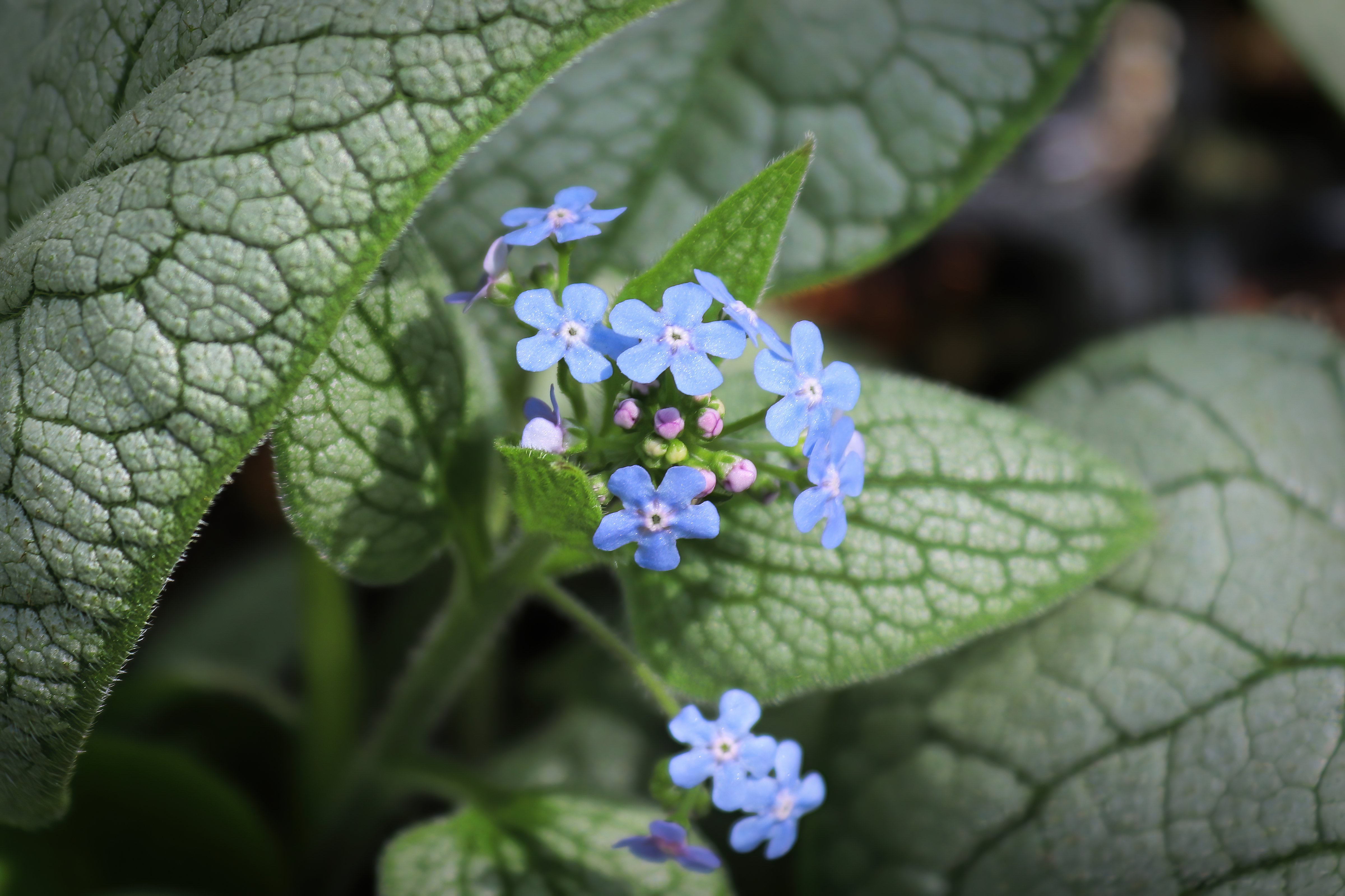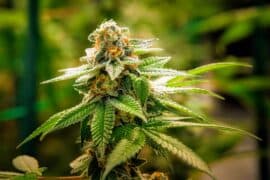Siberian bugloss
(Brunnera macrophylla)

Description
Brunnera macrophylla is a herbaceous perennial plant that belongs to the Boraginaceae family. It is commonly known as Siberian bugloss or false forget-me-not due to its small, delicate blue flowers that resemble forget-me-nots. Brunnera macrophylla is a native of damp woodlands and meadows in Europe and Asia. It has gained popularity as a garden plant for its attractive foliage, which provides a striking contrast to other plants. In this article, we will discuss the various aspects of Brunnera macrophylla, including its origin, taxonomy, morphology, growing conditions, and care. Origin: Brunnera macrophylla is native to Europe and Asia. It is found growing in damp woodlands and meadows. It was first introduced into cultivation in the mid-1700s and has been a popular garden plant ever since. Taxonomy: Brunnera macrophylla belongs to the Boraginaceae family, which also includes borage, forget-me-nots, and comfrey. The genus name Brunnera is derived from the name of Swiss botanist Samuel Brunner, while the species name macrophylla means large-leaved, referring to the plant's broad, heart-shaped leaves. Morphology: Brunnera macrophylla is a clump-forming perennial that typically grows to a height of 12-18 inches and spreads up to 24 inches. It has a fibrous root system and produces rhizomes that allow it to spread slowly. The plant's leaves are large, heart-shaped, and deeply veined. They are bright green in color and have a slightly rough texture. The plant produces clusters of small, delicate, blue flowers in spring that resemble forget-me-nots. The flowers are held on long stems above the foliage and are very attractive to bees and other pollinators. Growing conditions: Brunnera macrophylla prefers moist, well-drained soil and partial to full shade. It is a hardy plant that can tolerate temperatures down to -20 degrees Fahrenheit. It is best planted in the spring or fall and should be watered regularly to keep the soil moist but not waterlogged. The plant benefits from a layer of mulch applied in the fall to protect the roots from winter frost. Care: Brunnera macrophylla is a low-maintenance plant that requires minimal care. It should be fertilized once a year with a balanced fertilizer in the spring. Deadheading the flowers after they have bloomed can encourage the plant to produce more flowers. The plant should be divided every 3-4 years in the fall to prevent overcrowding and to promote healthy growth. Uses: Brunnera macrophylla is an excellent plant for adding texture and interest to shaded areas of the garden. It is also used as a ground cover, especially in areas with moist soil. Its attractive foliage provides a striking contrast to other plants, and its delicate blue flowers add a splash of color in the spring. Brunnera macrophylla is also used in cut flower arrangements. In conclusion, Brunnera macrophylla is a versatile and attractive perennial that is easy to grow and maintain. Its large, heart-shaped leaves and delicate blue flowers make it a popular choice for shaded areas of the garden. Whether used as a ground cover or as a specimen plant, Brunnera macrophylla is sure to provide a striking display of color and texture.
Taxonomic tree:







